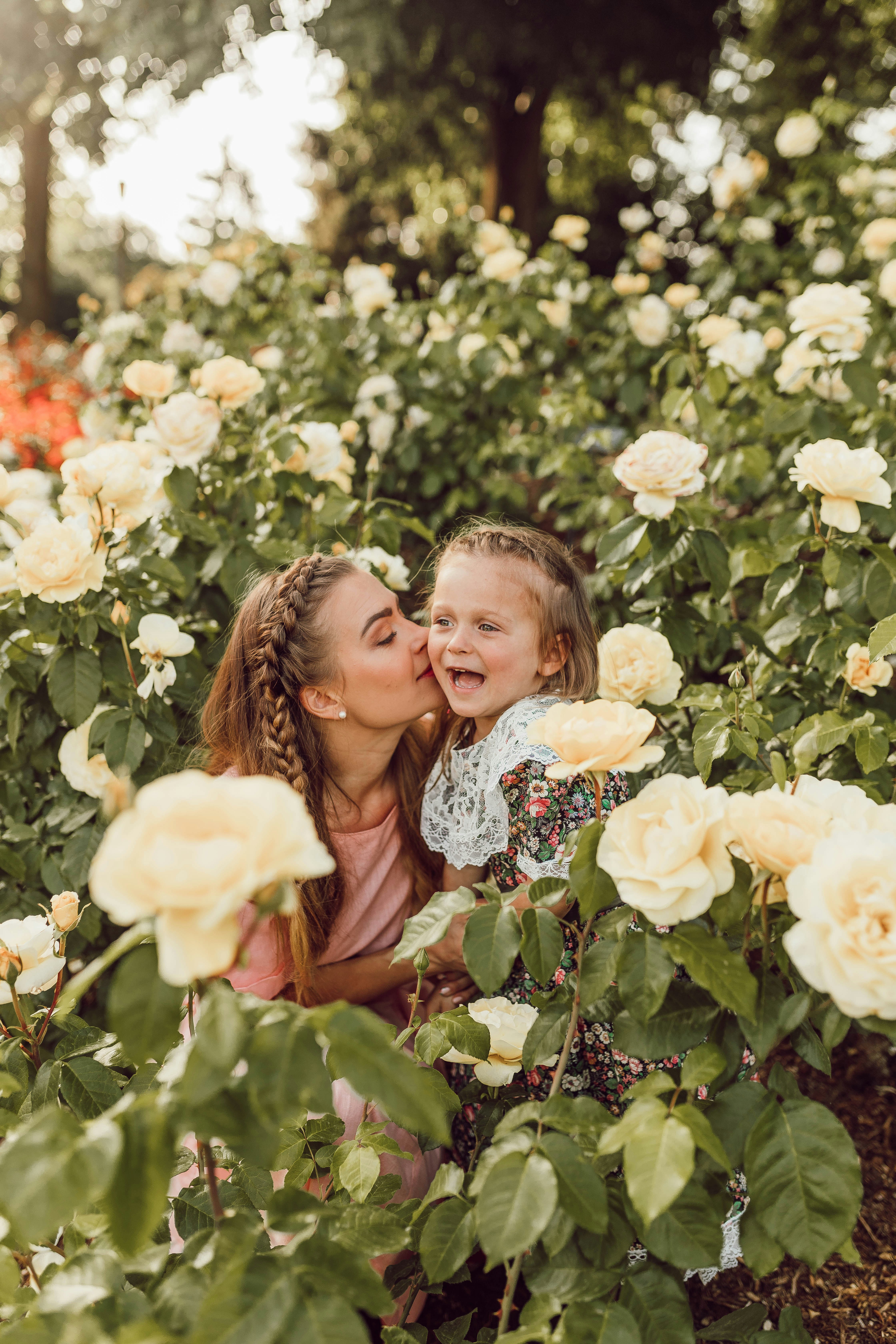The Emotional Palette: How Color Psychology Influences Family Dynamics
Published on August 4, 2024
The Emotional Palette: How Color Psychology Influences Family Dynamics

Have you ever walked into a room and instantly felt calm, energized, or perhaps even slightly irritated? The colors surrounding us have a profound impact on our emotions and behaviors, often without us even realizing it. This phenomenon, known as color psychology, doesn't just affect us individually—it can play a significant role in shaping family dynamics and home atmosphere.
The Science Behind Color Psychology
Color psychology is the study of how colors affect human behavior and emotional states. While personal and cultural associations can influence our reactions to colors, there are some general trends that researchers have observed:
- Blue: Often associated with calmness and productivity
- Green: Linked to balance and harmony
- Yellow: Can evoke feelings of happiness and optimism
- Red: Often increases energy and excitement
- Purple: Associated with creativity and luxury
Applying Color Psychology in Family Spaces
Understanding the emotional impact of colors can be a powerful tool in creating harmonious family environments. Here are some ways to leverage color psychology in your home:
- Living Room: Consider warm, inviting colors like soft yellows or light oranges to promote conversation and togetherness.
- Kitchen: Bright, energizing colors like red or yellow can stimulate appetite and encourage lively family meals.
- Bedrooms: Opt for calming blues or greens to promote restful sleep and relaxation.
- Study Area: Use focus-enhancing colors like muted blues or greens to aid concentration.
The Impact on Family Communication
The colors in our environment can subtly influence our mood and, by extension, our interactions with family members. A room painted in calming colors might naturally lend itself to more peaceful conversations, while energizing hues could spark more animated discussions.
Moreover, involving the whole family in color choices for shared spaces can be an excellent exercise in communication and compromise. It allows each family member to express their preferences while working towards a collective decision.
Cultural Considerations
It's important to note that color associations can vary significantly across cultures. For instance, while white is often associated with purity and cleanliness in Western cultures, it's linked to mourning in some Eastern cultures. In multicultural families, this diversity in color perception can lead to rich discussions about cultural heritage and personal associations.
The Power of Personal Choice
While color psychology provides general guidelines, personal preferences and experiences play a crucial role. Encouraging family members, especially teenagers, to personalize their spaces with colors they find comforting or inspiring can boost their sense of autonomy and self-expression.
Conclusion
Color is a powerful, often overlooked tool in shaping our home environments and, by extension, our family dynamics. By understanding and thoughtfully applying color psychology, we can create spaces that promote harmony, facilitate communication, and support the emotional well-being of all family members.
Remember, the goal isn't to create a perfectly color-coordinated home, but rather to foster an environment where every family member feels comfortable, understood, and valued. After all, the most important aspect of any home is the love and understanding shared within its walls, regardless of their color.
If you're interested in exploring more ways to enhance family communication and well-being, consider trying Thinker, an AI-powered tool designed to help families improve their relationships and mental health. It provides a safe space for open dialogue and offers personalized strategies for better communication.


